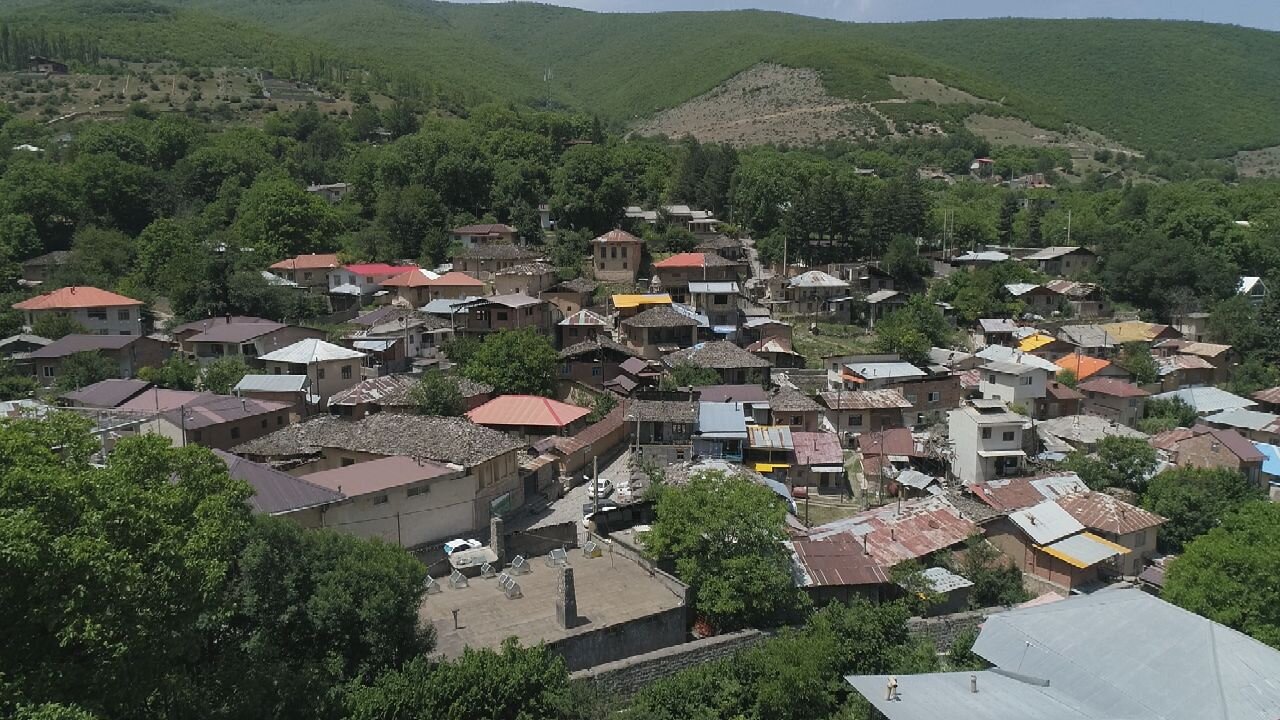Kandelous: a living museum of history, nature, and cultural preservation

TEHRAN - Nestled in the breathtaking Mazandaran province, northern Iran, Kandelous village stands as a testament to the country’s rich cultural heritage and natural beauty.
Known as “The Lost Paradise,” the picturesque village offers visitors a unique blend of historical significance, cultural depth, and ecological wonders.
A village rooted in history
Kandelous is one of Iran’s oldest settlements, with traces of civilization dating back before the Islamic era. During the Qajar dynasty, the village gained recognition, with Nasser al-Din Shah Qajar reportedly passing through and admiring the craftsmanship of local metalworkers.
The village’s architectural charm—featuring wooden-framed windows, gabled rooftops, and winding stone alleyways—reflects its deep-rooted heritage. Unlike many modernized settlements, Kandelous has preserved its historical texture, allowing visitors to experience Iran’s rural elegance firsthand.
Natural beauty and medicinal plant farms
Beyond its historical significance, Kandelous is renowned for its Medicinal Plant Farms, which cultivate over 250 species of rare and valuable herbs. The village has become a hub for traditional herbal medicine, preserving the knowledge of Iranian healers while promoting sustainable farming practices.
Culinary and artistic wonders
Visitors can indulge in traditional Iranian cuisine at its traditional restaurants. Local handicraft markets are another highlight of the village, featuring Jajim textiles, felt clothing, socks, gloves, and floral wool blouses, each crafted by skilled artisans.
The visionary behind Kandelous Museum
One of the most defining aspects of Kandelous is its Anthropology Museum, a pioneering institution founded by Dr. Aliasghar Jahangiri. A native of Kandelous, Jahangiri dedicated his life to preserving the village’s history and showcasing its cultural treasures. After completing his doctoral studies in the United States, he returned to his childhood home with a mission—to establish a museum that would safeguard Iran’s rural heritage and educate future generations.

Under his leadership, the Kandelous Anthropology Museum was established between 1981 and 1988, becoming the world’s first rural museum. Housing over 8,000 artifacts, including pottery, manuscripts, agricultural tools, and ancient artwork, the museum serves as a bridge between Iran’s past and present. Jahangiri’s efforts extended beyond historical preservation—he also played a crucial role in documenting and promoting Iran’s medicinal plant heritage, leading to the creation of a museum dedicated to medicinal plants.
A haven for tourists
Kandelous provides comfortable accommodations, including suites, villas, and guest houses, ensuring that visitors can fully experience its serene environment. The village also boasts open parks and pavilions, offering a tranquil space for relaxation and seasonal festivities.

Global recognition and future aspirations
Kandelous has gained international attention, appearing in foreign media and attracting increasing numbers of tourists. In 2023, it was nominated among eight Iranian villages for the Global Village title by UN Tourism, formerly known as the World Tourism Organization (UNWTO). Additionally, efforts are underway to win a UNESCO label for the village in the future.
AM
Leave a Comment